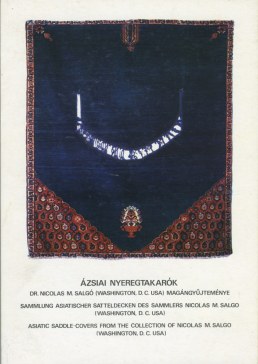
Asiatic Saddle-Covers from the Collection of Nicolas M. Salgo
Ferenc Nádasdy Museum, Sárvár, Hungary, 16 June – 29 September, 1985
Curator: Károly Gombos

Ferenc Nádasdy Museum, Sárvár, Hungary, 16 June – 29 September, 1985
Curator: Károly Gombos
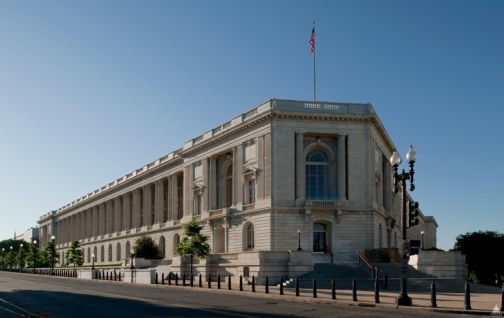
Rotunda and Room 210, Cannon House Office Building, Washington, D.C., 2 – 21 May, 1989
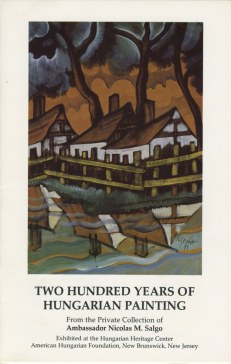
American Hungarian Foundation, New Brunswick, NJ, 20 May – 14 October, 1990
Hofstra Museum, Hofstra University, Hempstead, Long Island, NY, February – March, 1992

The Wichita Center for the Arts, Wichita, KS, 1995
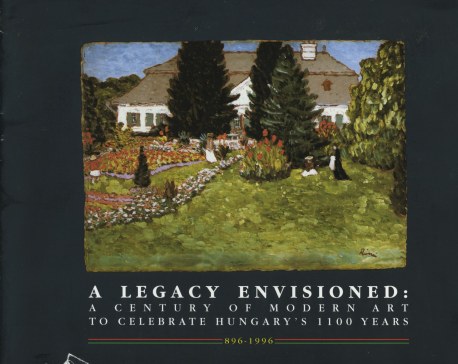
The World Bank, Washington, D.C., 4 November – 5 December, 1996
Curators: János Enyedi and Diana Enyedi

Museum für Völkerkunde zu Leipzig – Grassimuseum, Leipzig, 1996
Curators: Inge Seiwert and Ingo Nentwig
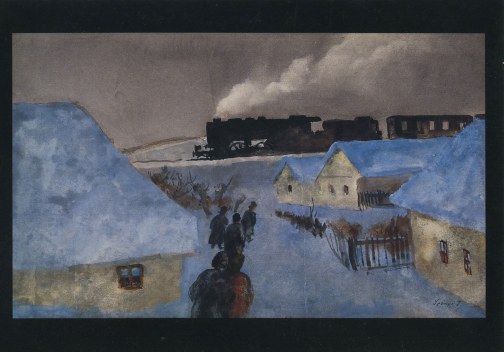
Raynham Hall Museum, Oyster Bay, NY, 16 December, 1997 – 1 March, 1998
This exhibition included paintings and works on paper from The Salgo Trust for Education.
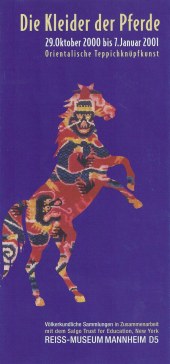
Museum Weltkulturen der Reiss-Englehorn-Museen, Mannheim, Germany, 29 October, 2000 – 7 January, 2001
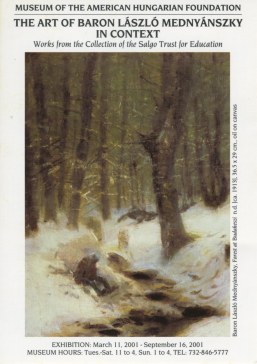
Museum of the American Hungarian Foundation, New Brunswick, NJ, 11 March – 16 September, 2001
Curator: Oliver A. I. Botar
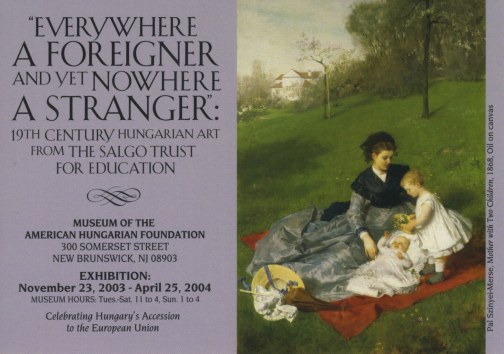
Museum of the American Hungarian Foundation, New Brunswick, NJ, 23 November, 2003 – 12 September, 2004
Curator: Oliver A. I. Botar
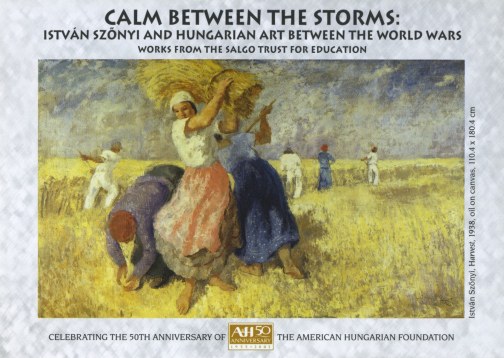
Museum of the American Hungarian Foundation, New Brunswick, NJ, 20 February – 4 September, 2005 Curator: Oliver A. I. Botar
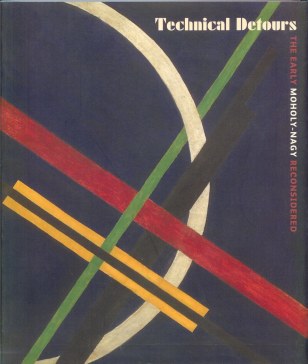
Art Gallery of the Graduate Center, The City University of New York, NY, February 28 – April 22, 2006
Curator: Oliver A. I. Botar
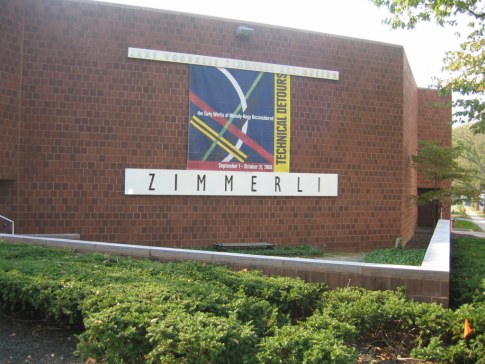
Jane Voorhees Zimmerli Art Museum, Rutgers University, New Brunswick, NJ, 2 September – 30 October, 2006
Curator: Oliver A. I. Botar
Institutional Curator: Jeffrey Wechsler
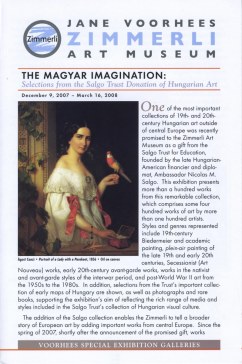
The Jane Voorhees Zimmerli Art Museum, Rutgers University, New Brunswick, NJ, 8 December, 2007 – 30 March, 2008
Curator: Oliver A. I. Botar
Institutional Curator: Jeffrey Wechsler
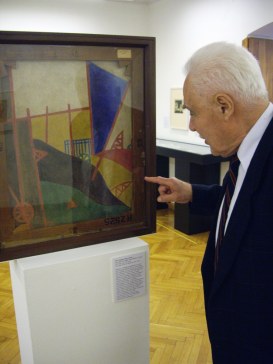
Janus Pannonius Museum, Pécs, Hungary, 20 December, 2007 – 6 April, 2008
Curator: Oliver A. I. Botar
Institutional Curator: György Várkonyi
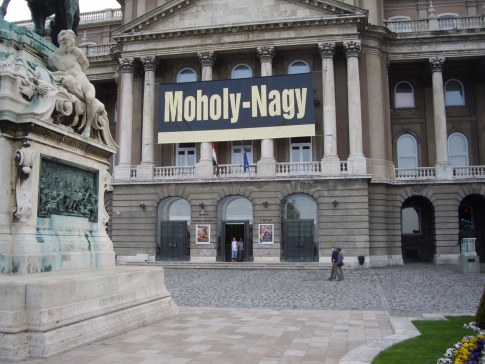
Hungarian National Gallery, Budapest, 24 April – 20 August, 2008
Curator: Oliver A. I. Botar
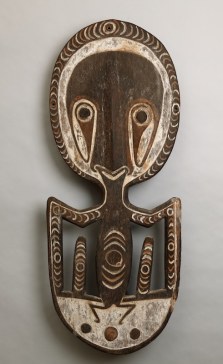
University of Wyoming Museum of Art, Laramie, WY, 31 March – 18 August, 2012
Curator: Barbara Stone
This exhibition included the donation of art from Papua-New Guinea given by The Salgo Trust for Education.
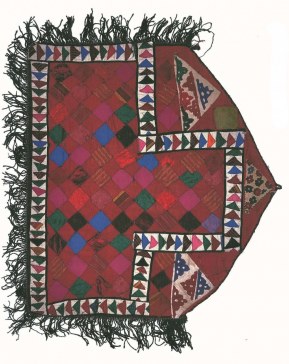
The Museum of Anthropology, Wake Forest University, Winston-Salem, NC, 17 April – 14 December, 2012
This exhibition included a selection of the saddle rugs that The Salgo Trust for Education had donated to the Museum.
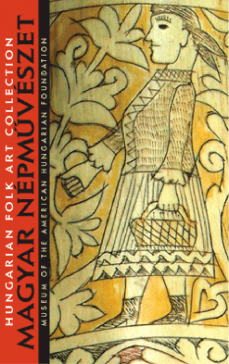
Museum of the American Hungarian Foundation, New Brunswick, NJ, 19 April, 2009 – 28 February, 2010
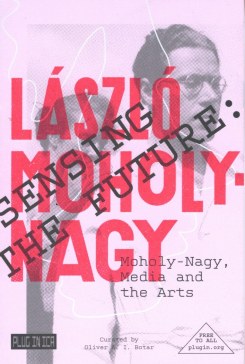
Plug In Institute of Contemporary Art, Winnipeg, Manitoba, Canada, 7 March – 1 June, 2014
Curator: Oliver A. I. Botar
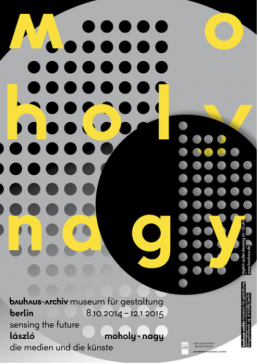
Bauhaus-Archiv - Museum fur Gestaltung, Berlin, 7 October, 2014 - 12 January 2015
Curator: Oliver A. I. Botar
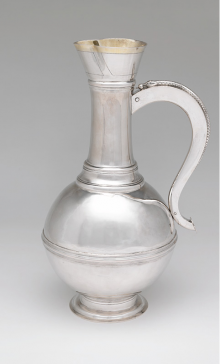
Metropolitan Museum of Art, NY, April 6 – October 25, 2015
Nicolas M. Salgo was fascinated by the art of the goldsmith in Hungarian culture and built up a large and varied collection of Hungarian silver over three decades. He offered his collection to the Metropolitan Museum, which accepted most of it into its holdings. This exhibition includes the major part of the donation, supplemented by other pieces in the Metropolitan Museum of Art that serve to contextualize the Salgo donation.
As curator Wolfram Koeppe has phrased it: “This large collection of silver—about 120 pieces, most dating from the fifteenth to the late eighteenth century—comprises a variety of types with especially refined appearance and high levels of craftsmanship, representing Hungarian silver at its best. The earliest works in the Salgo Collection are two rare medieval chalices ornamented with colorful filigree enamel. The intriguing shapes, inventive decoration, and historical importance of the objects—products of once-prosperous local aristocratic dynasties—make this ensemble exceptional. As a result of this generous gift, the Metropolitan Museum is now the only museum outside Hungary to possess such an array of sumptuous goldsmiths’ work from the region.”
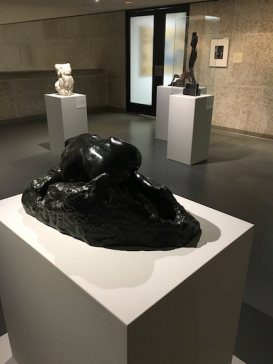
The face is lost in the stone like a large sob, towards the hand set in the block’s icy eternity. (Rainer Maria Rilke)
Starting with Rodin celebrates several donations to the Winnipeg Art Gallery from The Salgo Trust for Education, chiefly the bronze sculpture La Danaïde (original marble, 1998-92) by Auguste Rodin (1840-1917). This forms part of a donation by The Trust of works that range from French empire-style furniture, through silver and Dutch paintings, to portrait miniatures, Chinese ceramics and important Hungarian Modernist sculpture by Janos Mattis-Teutsch and Etienne Beothy. The Acquisition of La Danaïde offers an opportunity to assemble works from the WAG’s collection in order to reflect on the continued importance of Rodin to the history of Western sculpture; his late-nineteenth-century transformation of Neo-Classicism into a set of principles foundational for modern art.
Rodin’s oeuvre is presented here as a kind of pivot point in the ongoing reception by Western artists of the Classical heritage, and the ideals of perfection, harmony, balance and subdued sensuality to which many Renaissance, Baroque and Neo-Classical sculptors subsequently aspired.
While many of Rodin’s artistic predecessors and contemporaries strove for wholeness in their own work, despite the fragmentary nature of Classical archaeological finds, Rodin’s innovation was to embrace the fragment as an ideal. His frank eroticism, furthermore, revived a suppressed aspect of ancient art. From the Impressionists, as well as from the Renaissance conception of non-finito, Rodin adapted the aesthetic of the “unfinished,” which both calls attention to the process of the work’s making, and suggests the “authenticity” of the immediate, of the sketch.
It is on Rodin’s elevation of the classical fragment that much modern sculpture rests. Examples of European and Canadian modern sculpture instantiate the Rodinèsque aesthetic. Some harken back to Neo-Classicist ideals, while others overtake Rodin in subverting them, but they all respond to Rodin’s wholesale reinterpretation of the Western Classical heritage. As far as the modern in sculpture goes, it all starts with Rodin.
Dr. Oliver A. I. Botar, Professor, Art History, University of Manitoba; Curator, The Salgo Trust for Education